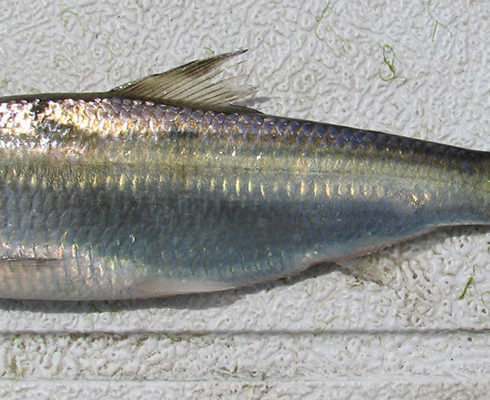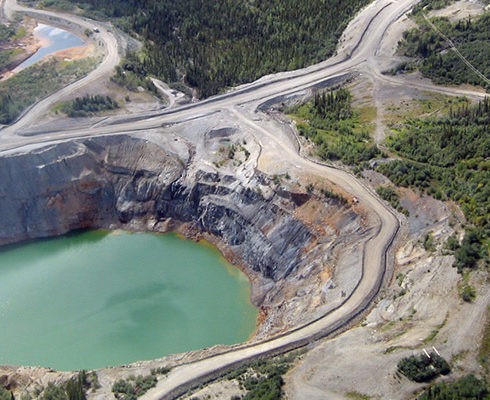Challenge
A portion of the known deposit of iron ore for the Luce Pit at the Iron Ore Company of Canada (IOC) was located near and beneath Hakim Lake. To allow the expansion of the pit this lake had to be removed. As a result of the federal Department of Fisheries and Oceans (DFO) policy of no net loss, the removal of this lake had to be compensated for through equivalent habitat units.
The Luce Pit compensation plan was developed and involved removal of all of the fish from Hakim Lake and moving them to the previously fishless White Lake, prior to draining. Following the transplant, the compensation plan laid out a schedule of monitoring to assess the fish population within White Lake, as well as the artificial created spawning channel, to determine if the removal of Hakim Lake had been adequately compensated for.
Background
Prior to removal of the lake and connecting watercourses, a compensation plan was developed to address the DFO concerns. Fortunately, White Lake was a nearby fishless lake at the top of a steep waterfall and could be used as a recipient waterbody for the fish from Hakim Lake. However, the White Lake outlet stream did not contain the correct spawning habitat to maintain the population of transferred Brook Trout indefinitely, and it had to be engineered to allow for successful reproduction.
Project
IOC retained environmental consultancy Ecometrix to capture and transfer the Brook Trout and Lake Chub from Hakim Lake and transfer them to White Lake. Larger Brook Trout were implanted with a Passive Integrated Transponders (PIT) to track individual growth over the timeframe of the compensation monitoring program. Approximately 1000 Brook Trout and 900 Lake Chub were transferred to White Lake and, despite concerns over the adequacy of the spawning channel, the Brook Trout successfully reproduced two months later.
Ecometrix specializes in fisheries assessments and for this assignment we implemented a mark recapture study a number of years following the original transfer of fish. The results of these assessments indicated that the population of Brook Trout increased to around 6,000 within the first two years and stabilized at around 3,000 seven years post transfer. Additionally, tracking of individual fish and the overall population indicated that the growth of Brook Trout increased substantially in the first three years and then regressed after equilibrium was established.
Outcome
The monitoring work was able to demonstrate that IOC had properly compensated for the removal of Hakim Lake and they received DFO sign-off that White Lake no longer needed to by monitored.


